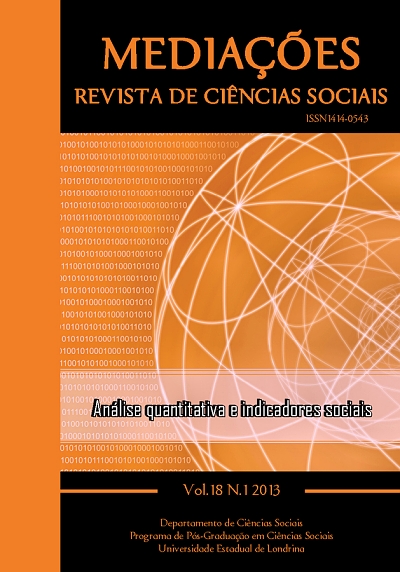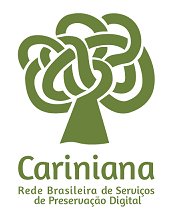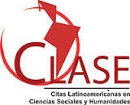Public services and rural poverty mitigation in Brazil
DOI:
https://doi.org/10.5433/2176-6665.2013v18n1p125Keywords:
Public services, Rural poverty, Non-monet ary income, Hedonic models.Abstract
The objective of this study was to adjust hedonic regression models capable of explaining rental values of rural households according to their attributes, including the availability of public services. The results showed that the availability of public services increased in the higher income classes. Non-monetary income generated by basic services was estimated at approximately R$ 90 million per month. Simulations performed with these results indicated that extending basic services - electricity, running water and adequate sewage - to all rural households, the additional non-monetary income would be enough to remove between 245 to 280 thousand people from extreme poverty, and bring between 221 and 269 thousand people above poverty line.Downloads
References
HILL, R. Carter; GRIFFITHS, William E.; JUDGE, George G. Econometria. São Paulo: Saraiva, 1999.
HOFFMANN, Rodolfo. Estatística para economistas. 3. ed. São Paulo: Pioneira, 1998.
INSTITUTO BRASILEIRO DE GEOGRAFIA E ESTATÍSTICA - IBGE. Pesquisa de orçamentos familiares 2002-2003: primeiros resultados. Rio de Janeiro, 2004.
INSTITUTO BRASILEIRO DE GEOGRAFIA E ESTATÍSTICA - IBGE. Pesquisa Nacional por Amostra de Domicílios. Rio de Janeiro, 1999.
JUDGE, George G. et al. Introduction to the theory and practice of econometrics. New York: John Wiley and Sons, 1988.
KAGEYAMA, Ângela; HOFFMANN, Rodolfo. Pobreza no Brasil: uma perspectiva multidimensional. Economia e Sociedade, Campinas, v. 15, n. 1, p. 79-112, jan./jun. 2006.
MATOS, Orlando C. Econometria básica: teoria e aplicações. 3. ed. São Paulo: Atlas, 2000. NEGRI NETO, Afonso. Preços hedônicos. Informações Econômicas, São Paulo, v. 33, n. 12, p. 81-83, dez. 2003.
REIFF, Luis Otávio; BARBOSA, Ana Luiza. Housing stock in Brazil: estimation based on a hedonic price model. Bank for International Settlements, Basel, n. 21, p. 257-270, apr. 2005.
ROSEN, Sherwin. Hedonic prices and implicit markets: production differentiation in pure competition. The Journal of Political Economy, Chicago, v. 82, n. 1, p. 34-55, 1974.
SIRMANS, George S.; MACPHERSON, David A.; ZIETZ, Emily N. The composition of hedonic pricing models. Journal of Real Estate Literature, Texas, v. 13, n. 1, p. 3-43, 2005.
TRIPLETT, Jack E. Handbook on hedonic indexes and quality adjustments in price indexes: special application to information technology products. Paris: OECD Publishing, 2004.
WORLD BANK. Report n. 36358-BR: Brazil measuring poverty using household consumption. Washington: World Bank, 2007.
Downloads
Additional Files
Published
How to Cite
Issue
Section
License
Copyright (c) 2013 José Roberto Vicente

This work is licensed under a Creative Commons Attribution 4.0 International License.
Copyright on articles published in Mediações belongs to the author(s): in the case of partial or entire republication of the original publication, we ask author(s) to indicate the original publication in the periodical.
Mediações uses the Creative Commons Attribution 4.0 International license, which allows Open Access, enabling any user to read, download, copy and disseminate its content so long as adequately referenced.
The opinions expressed by the author(s) are their sole responsibility.
































